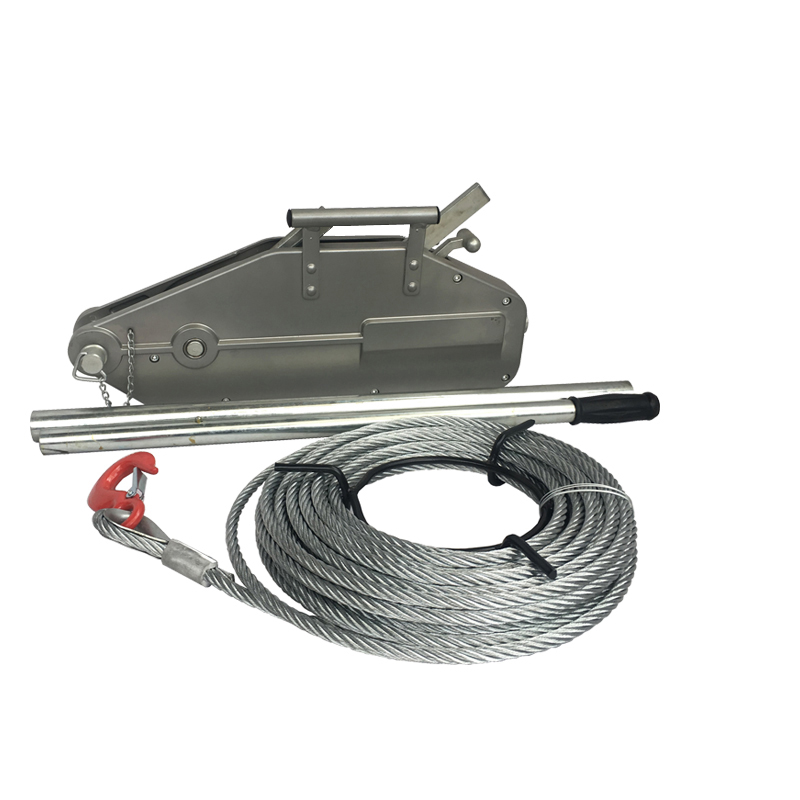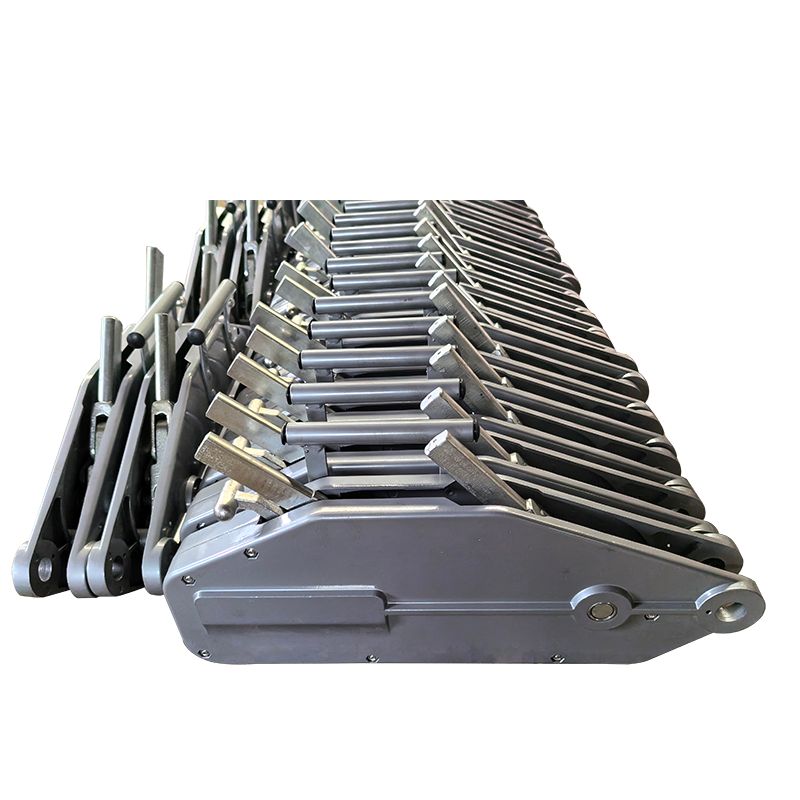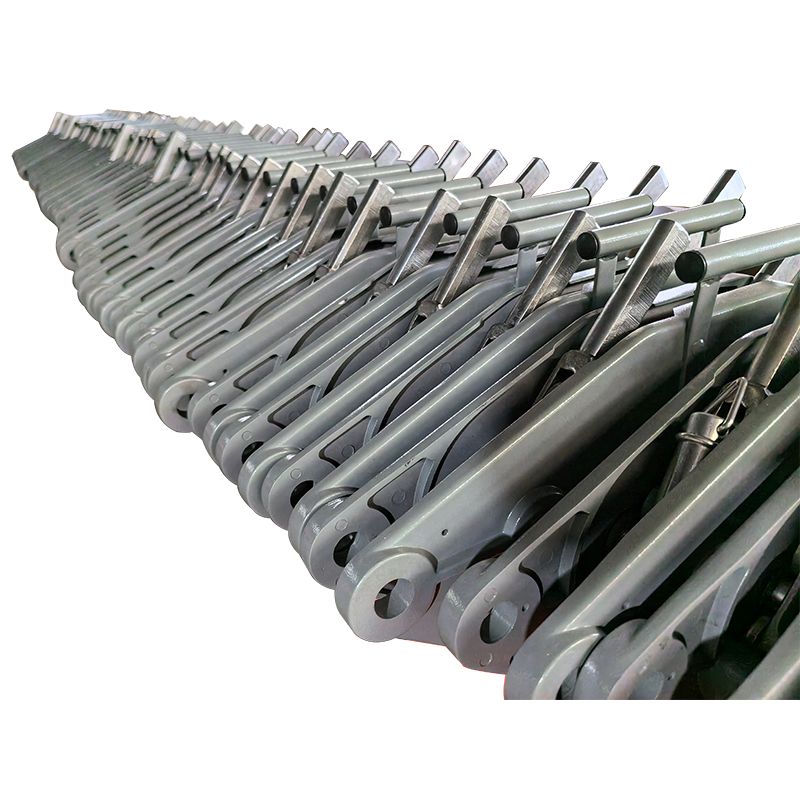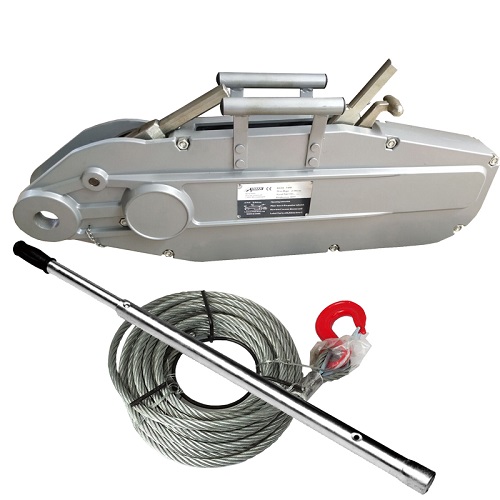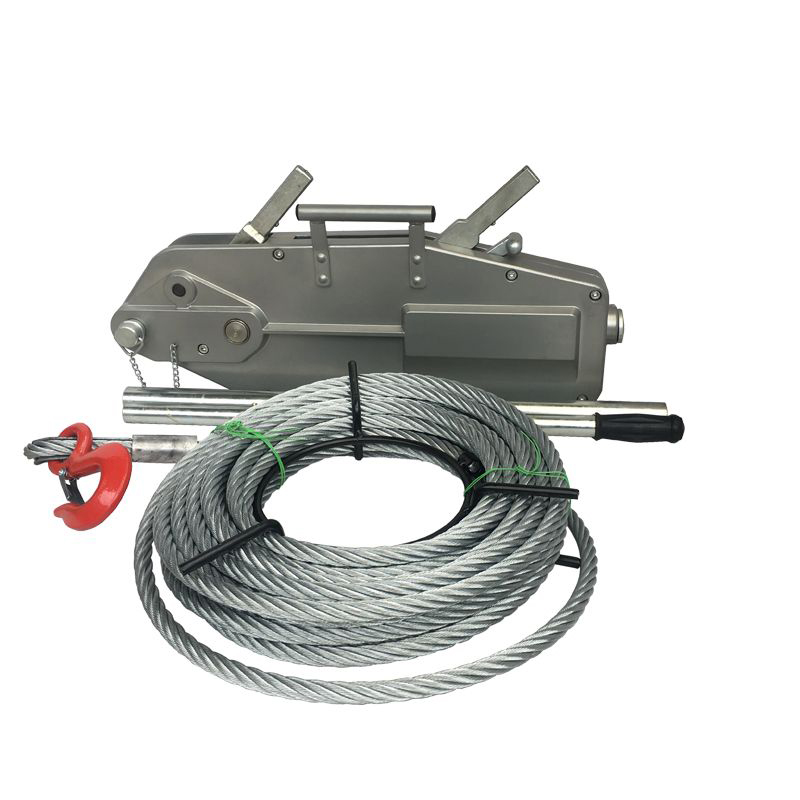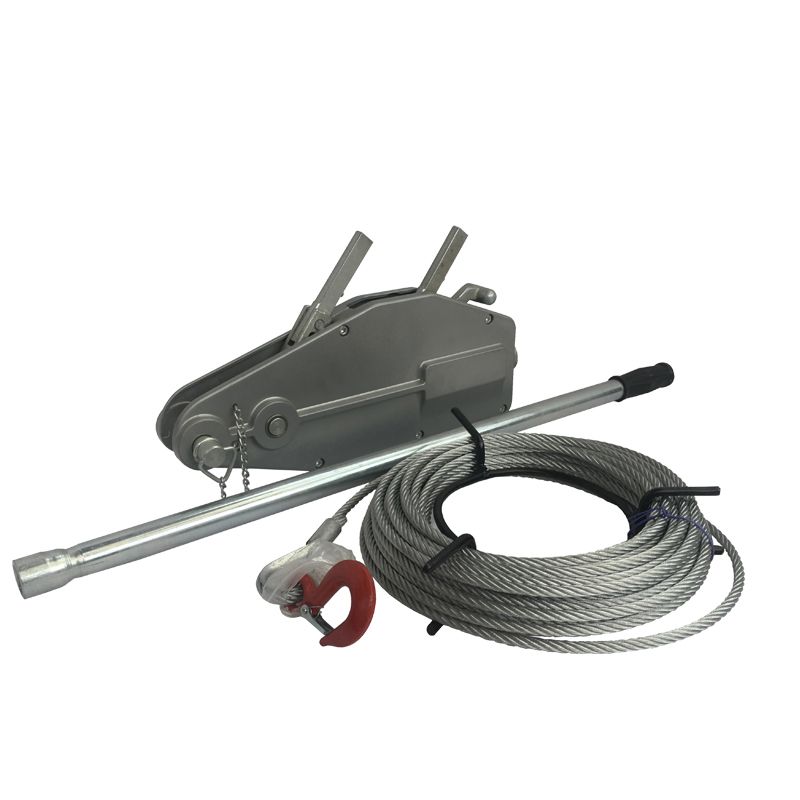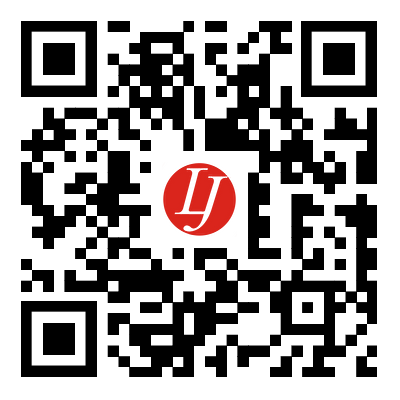1.6T Wire Rope Puller
High quality 1.6T Wire Rope Puller is offered by China manufacturer LJ Machinery. Buy 1.6T Wire Rope Puller which is of high quality directly with low price.This puller is ideal for construction, marine, mining, and other industries where efficient and secure wire rope pulling is crucial.
Send Inquiry
Product Description
Operational principle of 1.6T Wire Rope Puller
Attachment: The wire rope is securely attached to the puller using a hook, clamp, or other suitable attachment mechanism. This ensures that the puller can apply force directly to the rope.
Leverage Mechanism: The puller typically features a handle or lever that can be manually operated. When force is applied to the handle, it creates a mechanical advantage, multiplying the force exerted on the wire rope.
Friction Clamps: The puller incorporates friction clamps or jaws that grip the wire rope securely. These clamps are designed to provide sufficient friction to prevent the rope from slipping while under tension.
Pulling Action: As the operator applies force to the handle, the mechanical leverage multiplies this force and transmits it to the wire rope through the friction clamps. The resulting pulling force is sufficient to move the rope through its intended path.
Adjustability: Some pullers allow for the adjustment of the friction clamps or jaws to accommodate different sizes of wire ropes. This flexibility ensures that the puller can be used with a wide range of ropes and cables.
Safety Mechanisms: To ensure operator safety, the puller may incorporate safety mechanisms such as overload protection or automatic release mechanisms. These features help prevent damage to the puller or the wire rope in the event of excessive force or malfunction.
In summary, the operational principle of the 1.6T Wire Rope Puller relies on the combination of mechanical leverage and friction to efficiently pull wire ropes and cables. The puller's design allows for secure attachment of the rope, multiplication of force through the leverage mechanism, and secure gripping through the friction clamps. This results in a reliable and effective tool for various pulling applications.
Leverage Mechanism: The puller typically features a handle or lever that can be manually operated. When force is applied to the handle, it creates a mechanical advantage, multiplying the force exerted on the wire rope.
Friction Clamps: The puller incorporates friction clamps or jaws that grip the wire rope securely. These clamps are designed to provide sufficient friction to prevent the rope from slipping while under tension.
Pulling Action: As the operator applies force to the handle, the mechanical leverage multiplies this force and transmits it to the wire rope through the friction clamps. The resulting pulling force is sufficient to move the rope through its intended path.
Adjustability: Some pullers allow for the adjustment of the friction clamps or jaws to accommodate different sizes of wire ropes. This flexibility ensures that the puller can be used with a wide range of ropes and cables.
Safety Mechanisms: To ensure operator safety, the puller may incorporate safety mechanisms such as overload protection or automatic release mechanisms. These features help prevent damage to the puller or the wire rope in the event of excessive force or malfunction.
In summary, the operational principle of the 1.6T Wire Rope Puller relies on the combination of mechanical leverage and friction to efficiently pull wire ropes and cables. The puller's design allows for secure attachment of the rope, multiplication of force through the leverage mechanism, and secure gripping through the friction clamps. This results in a reliable and effective tool for various pulling applications.
Parameters of manual wire rope winch
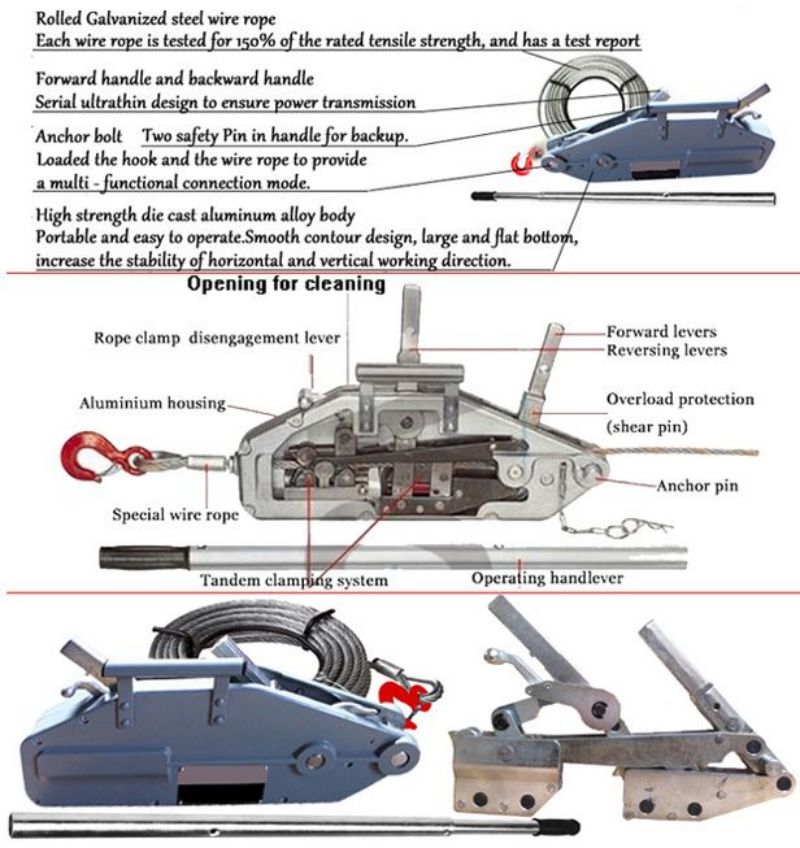

| Item | Model | 1600 |
|
|
|
| Rated Capacity(kg) | 1600 | Net weight(kg) | 12 | ||
| Rated forward hand power(N) | 400 | Max overall size | A | 545 | |
| Rated forward travel(mm) | ≧55 | B | 284 | ||
| Rope diameter(mm) | 11 | C | 97 | ||
| Wire rope safety factor load capacity | 4 | L1(mm) | 692 | ||
| Safety factor &Static load capacity | 4 | L2(mm) | 1200 | ||
| Max travelling load(kg) | 2400 | L3(mm) |
|
||
Usage method of 1.6T Wire Rope Puller
Pull the forward (backward) handle towards the back of the machine first, and then push the loose handle towards the front of the machine by hand. The loose handle can be clamped into the upper step of the casing. At this time, the upper and lower clamps in the front and rear clamp bodies will open and can be threaded (pulled) through. Then, press the loose handle forward and down with your hand to clamp the steel wire rope (or reset) and put it into operation. (see the below of page).
Using the 1.6T Wire Rope Puller effectively and safely is crucial for achieving desired results while minimizing risks. Here is a step-by-step guide on how to use the puller correctly:
Inspection: Before use, inspect the puller thoroughly for any visible damage, wear, or defects. Ensure that all parts are in good working condition and replace any worn or damaged components immediately.
Attachment: Attach the wire rope securely to the puller using the appropriate attachment mechanism. This may include a hook, clamp, or other suitable fixture. Ensure that the rope is properly aligned and tightened to prevent slippage.
Positioning: Position the puller in a stable and secure location. Ensure that it is properly aligned with the intended pulling direction and that the operator has a clear and unobstructed view of the rope and puller.
Adjusting the Friction Clamps: Adjust the friction clamps or jaws of the puller to fit the diameter of the wire rope securely. Tighten the clamps sufficiently to prevent slippage but not too tightly to avoid damaging the rope.
Pulling Action: Apply force to the handle or lever of the puller in a controlled and steady manner. Push or pull the handle in the direction of the intended pulling force, exerting enough force to move the rope. Avoid jerking or sudden movements to prevent damage to the rope or puller.
Monitoring: Continuously monitor the puller and wire rope during the pulling process. Pay attention to any changes in the tension or movement of the rope and adjust the force accordingly. Stop immediately if any unusual resistance, vibration, or noise is observed.
Release: Once the desired position or tension is achieved, slowly release the force on the handle and allow the puller to return to its original position. Do not attempt to abruptly stop the pulling action as this may cause damage to the puller or rope.
Storage: After use, thoroughly clean the puller and store it in a dry and protected environment. Ensure that it is kept away from dust, dirt, and other contaminants to maintain its condition and extend its lifespan.
Remember to always follow the manufacturer's instructions and safety recommendations while using the 1.6T Wire Rope Puller. Proper usage and maintenance are essential for ensuring the puller's reliability and durability.
Using the 1.6T Wire Rope Puller effectively and safely is crucial for achieving desired results while minimizing risks. Here is a step-by-step guide on how to use the puller correctly:
Inspection: Before use, inspect the puller thoroughly for any visible damage, wear, or defects. Ensure that all parts are in good working condition and replace any worn or damaged components immediately.
Attachment: Attach the wire rope securely to the puller using the appropriate attachment mechanism. This may include a hook, clamp, or other suitable fixture. Ensure that the rope is properly aligned and tightened to prevent slippage.
Positioning: Position the puller in a stable and secure location. Ensure that it is properly aligned with the intended pulling direction and that the operator has a clear and unobstructed view of the rope and puller.
Adjusting the Friction Clamps: Adjust the friction clamps or jaws of the puller to fit the diameter of the wire rope securely. Tighten the clamps sufficiently to prevent slippage but not too tightly to avoid damaging the rope.
Pulling Action: Apply force to the handle or lever of the puller in a controlled and steady manner. Push or pull the handle in the direction of the intended pulling force, exerting enough force to move the rope. Avoid jerking or sudden movements to prevent damage to the rope or puller.
Monitoring: Continuously monitor the puller and wire rope during the pulling process. Pay attention to any changes in the tension or movement of the rope and adjust the force accordingly. Stop immediately if any unusual resistance, vibration, or noise is observed.
Release: Once the desired position or tension is achieved, slowly release the force on the handle and allow the puller to return to its original position. Do not attempt to abruptly stop the pulling action as this may cause damage to the puller or rope.
Storage: After use, thoroughly clean the puller and store it in a dry and protected environment. Ensure that it is kept away from dust, dirt, and other contaminants to maintain its condition and extend its lifespan.
Remember to always follow the manufacturer's instructions and safety recommendations while using the 1.6T Wire Rope Puller. Proper usage and maintenance are essential for ensuring the puller's reliability and durability.

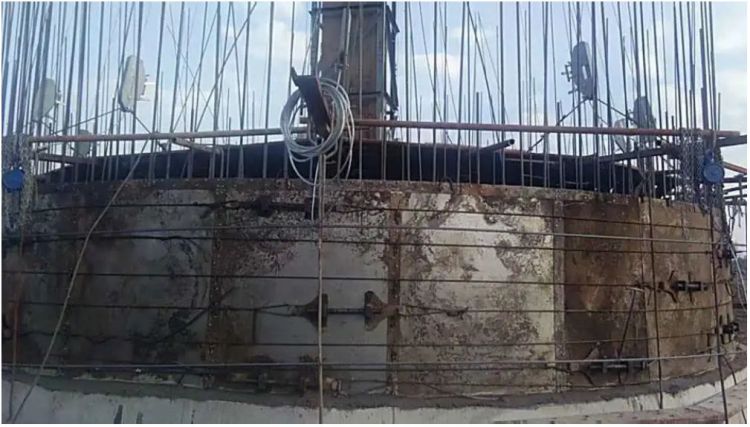
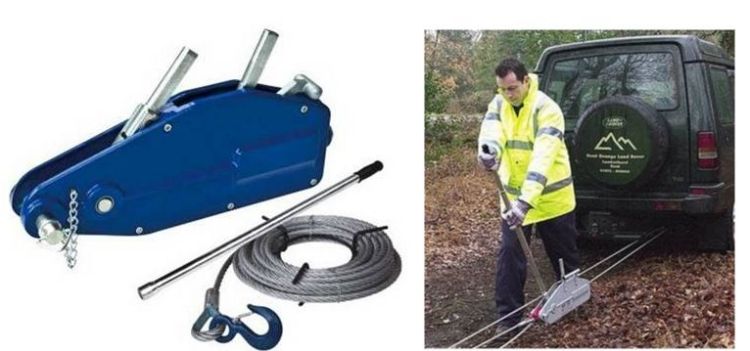
Application of of manual cable winch(It can be used for pulling, lifting and tensioning)
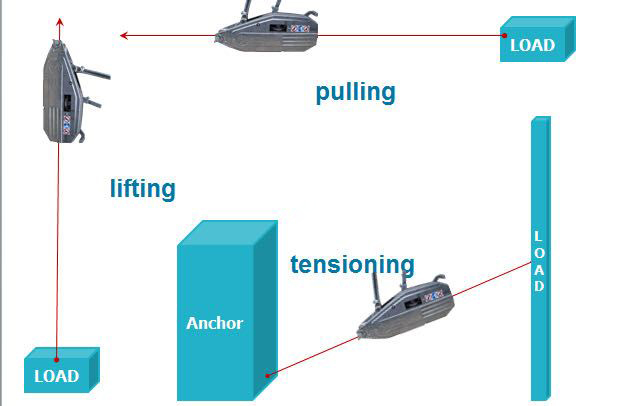
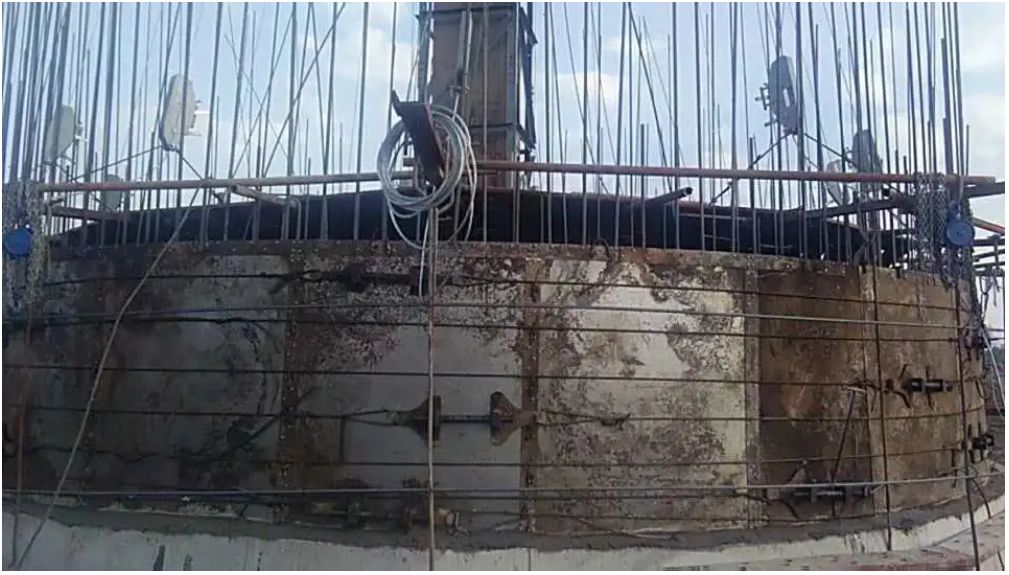
Our factory participates in the Canton Fair
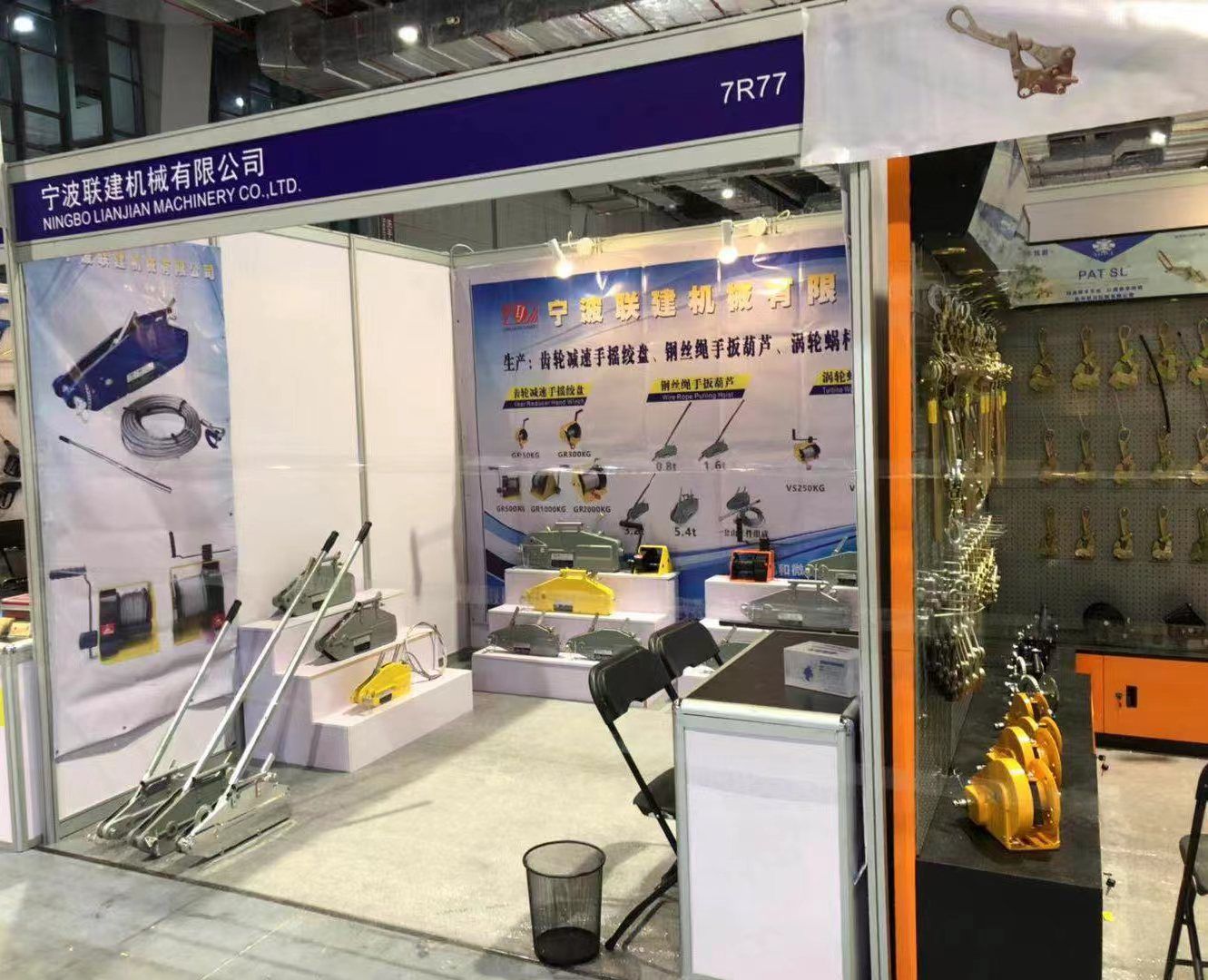
FAQ
how to open the machine and insert the wire rope of manual cable winch?
wie man die Maschine öffnet und das Drahtseil einführt?
wie man die Maschine öffnet und das Drahtseil einführt?

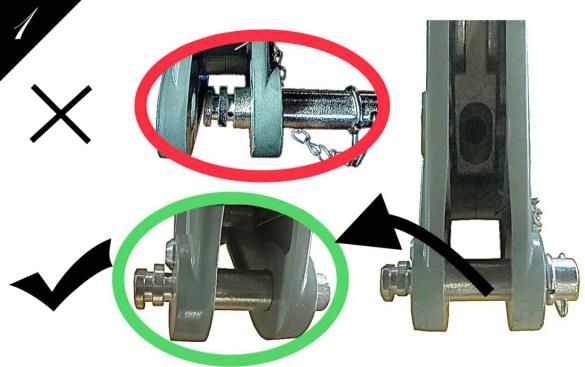
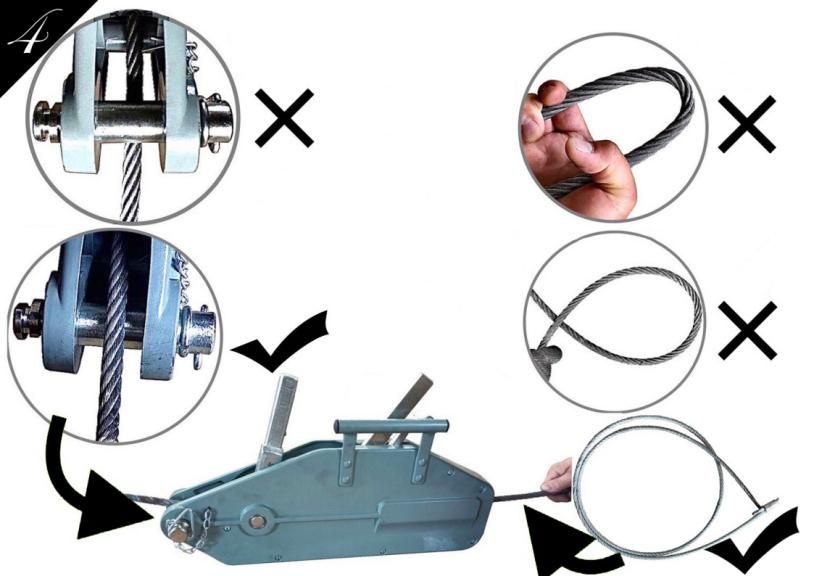
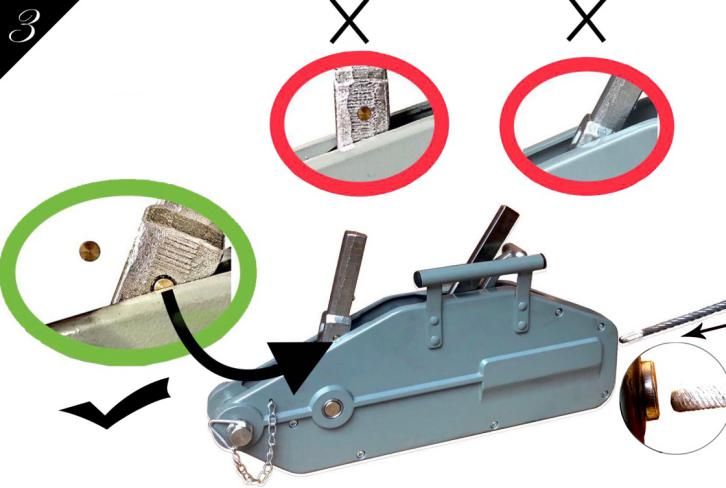

Hot Tags: 1.6T Wire Rope Puller, China, Manufacturer, Supplier, Factory, Customized, Quotation
Related Category
Manual Wire Rope Winch
Manual Cable Winch
Tirfor Hand Winch
Wire Rope Pulling Hoist
Wire Rope Puller
AC Axial Cooling Fan
Hand Ratchet Puller
Hand Ratchet Puller with Webbing
Ratchet Hand Puller
Hand Winch
Cutter Tools
DC Motor
Send Inquiry
Please Feel free to give your inquiry in the form below. We will reply you in 24 hours.
Related Products


